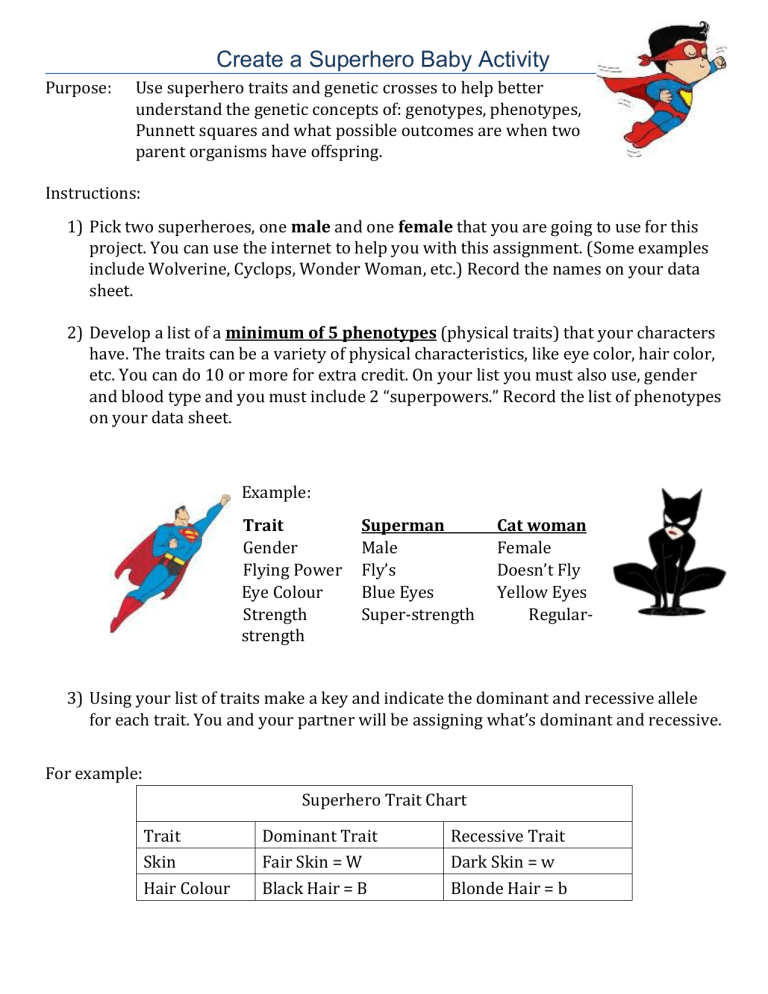
Both males and females are impacted by these illnesses, with men suffering from them more seriously than females. Such an inheritance pattern is found in just a few illnesses, one of which being X-linked hypophosphatemic rickets. Mutations in genes on the X chromosome produce X linked dominant inheritance. Cystic fibrosis, phenylketonuria, sickle cell disease, and thalassaemia are such disorders.

Certain autosomal recessive disorders are frequent as harbouring one of the defective genes formerly provided a little amount of protection against infectious diseases or toxins like tuberculosis or malaria. dry earwax, are determined in an autosomal recessive manner as well. Albinism, Niemann–Pick disease, cystic fibrosis, spinal muscular atrophy, medium-chain acyl-CoA dehydrogenase deficiency, sickle cell disease, Tay–Sachs disease, and Roberts syndrome are all examples of this type of condition. With each pregnancy, two unaffected people each of whom possess a single copy of the mutant gene have a 25% chance of conceiving a kid with the condition. Normally, neither parent with a faulty gene exhibits symptoms.

Unaffected parents, who each have a single copy of the mutant gene and are referred to as genetic carriers, are common in affected people. To be impacted by an autosomal recessive condition, two gene copies should be mutated. Congenital abnormalities are another term for birth problems. Von Willebrand disease, Huntington's disease, hereditary nonpolyposis colorectal cancer, Marfan syndrome, neurofibromatosis type 1 and 2, hereditary multiple exostoses (a highly penetrant autosomal dominant trait disorder), tuberous sclerosis, and acute intermittent porphyria are all examples of this type of dominant genetic disorders. Reduced penetration is a feature of autosomal dominant trait diseases, which means that while only one mutant copy is required, not everyone who inherits that mutation develops the disease. A child has a 50% probability of inheriting the mutant gene. Each affected person typically contains a single parent who is also affected. To be afflicted by an autosomal dominant inheritance, a person just needs one mutant copy of the gene. For instance, achondroplasia, the most prevalent form of dwarfism, is commonly thought to be a dominant illness, however, children with two achondroplasia genes do have serious and generally fatal bone conditions, which achondroplasics could have been carriers for. Even though distinctions between autosomal and X-linked kinds are clear, the distinctions between recessive and dominant types are not "hard and fast". However, genomic imprinting and uniparental disomy might have had an impact on inheritance patterns. Single-gene diseases could be passed down the generations in a variety of ways. The outcome of a single mutated gene is a single-gene disorder (or monogenic condition). Because of the large variety of genetic abnormalities, roughly one in every twenty-one people is affected by a "rare" genetic disorder.

As a consequence of congenital genetic mutations, approximately 65 percent of people experience some sort of health issue. A known single-gene problem affects about 1 in 50 persons, whereas a chromosomal issue affects about 1 in 263 people. There are around 600 ailments that can be treated. There are about 6,000 documented genetic illnesses, and new genetic abnormalities are documented in the medical literature on a regular basis. Only a small percentage of diseases are inherited from the Y chromosome or mitochondrial DNA. Certain illnesses have X-linked inheritance and are associated with mutations on the X chromosome. It is sometimes referred to as a hereditary disease whenever the genetic abnormality is inherited through one or both parents. The mutation that causes the disorder can happen suddenly before embryonic development (a de novo mutation), or it could be acquired from two parents who've been carriers of a faulty gene (autosomal recessive inheritance), or through a parent who already has the disorder (autosomal dominant inheritance). Although polygenic illnesses are the most frequent, the term is typically applied to conditions that have a single genetic origin, such as a mutation in a gene or chromosome. A chromosomal anomaly or a mutation in a single gene (monogenic) or multiple genes (polygenic) could be the reason for the same. Genetic Disease:- A genetic disorder is a medical condition caused by one or even more genetic defects.


 0 kommentar(er)
0 kommentar(er)
